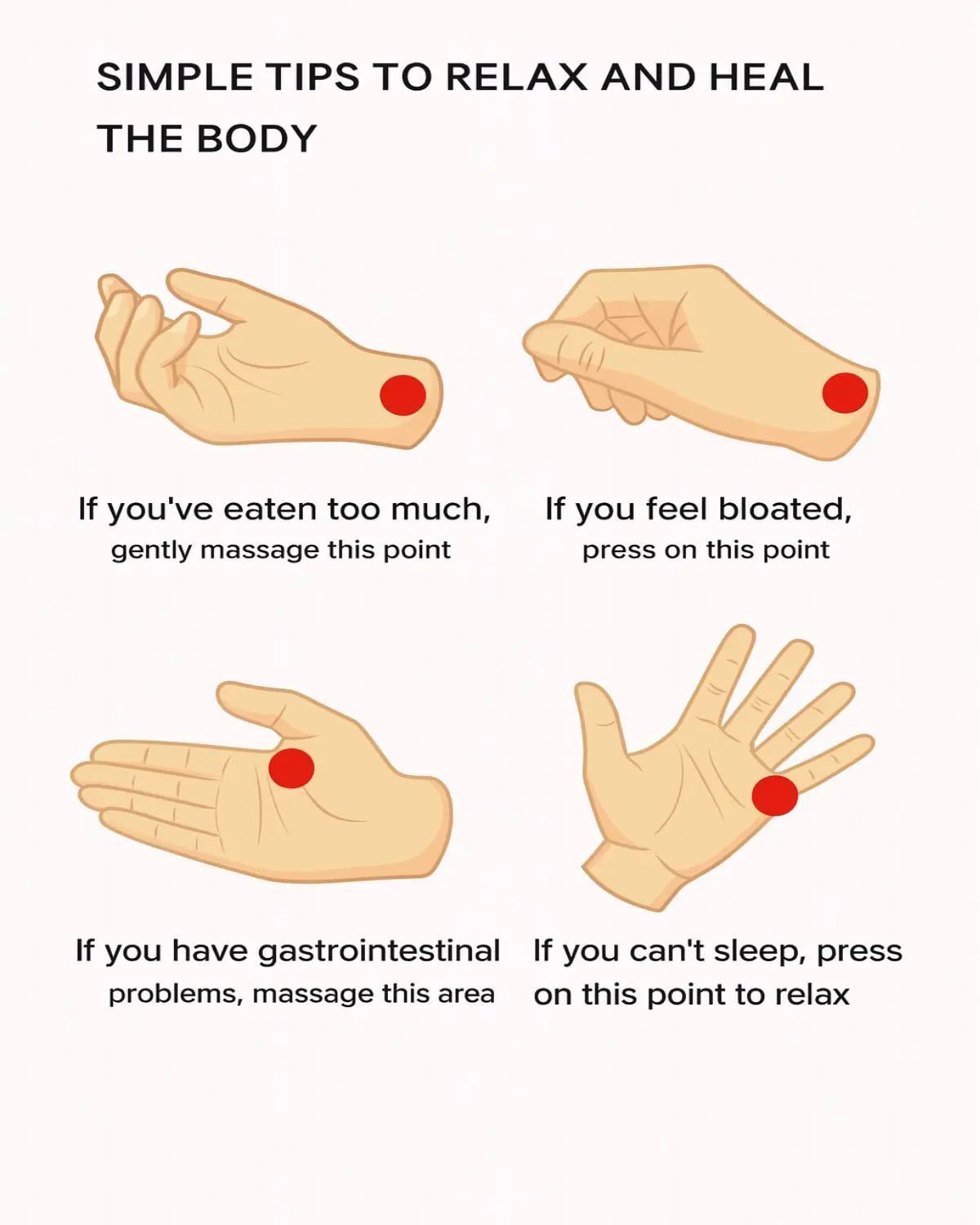
Unlock the Cozy Comfort of Cinnamon, Ginger, and Herbal Tea for Daily Ease
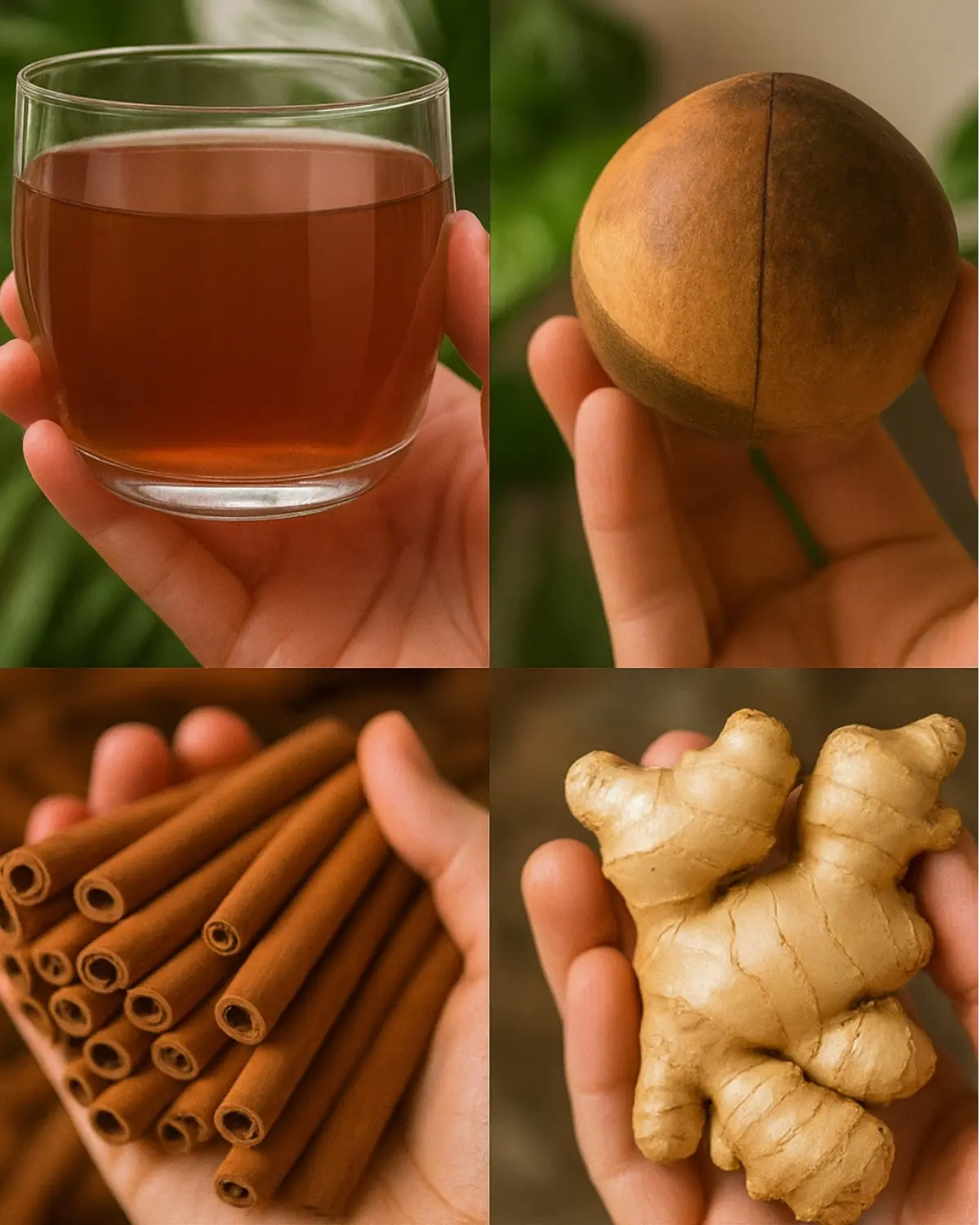
Imagine this: It’s a chilly autumn evening, and you’re curling up on the couch after a long day that left you feeling a bit off—maybe your stomach’s rumbling in protest, or that nagging tension in your shoulders just won’t quit. Your grandmother reaches for her favorite chipped mug, sprinkles in a pinch of something warm and spicy, and steeps it into a steaming cup that fills the room with an aroma like a hug from the holidays. She sips, sighs, and suddenly, the world feels a little softer. What if that simple ritual held a gentle key to easing those everyday discomforts you’ve been brushing off? Stick with me, and you might just discover how a humble blend of cinnamon, ginger, and herbal tea could whisper some quiet support into your routine.
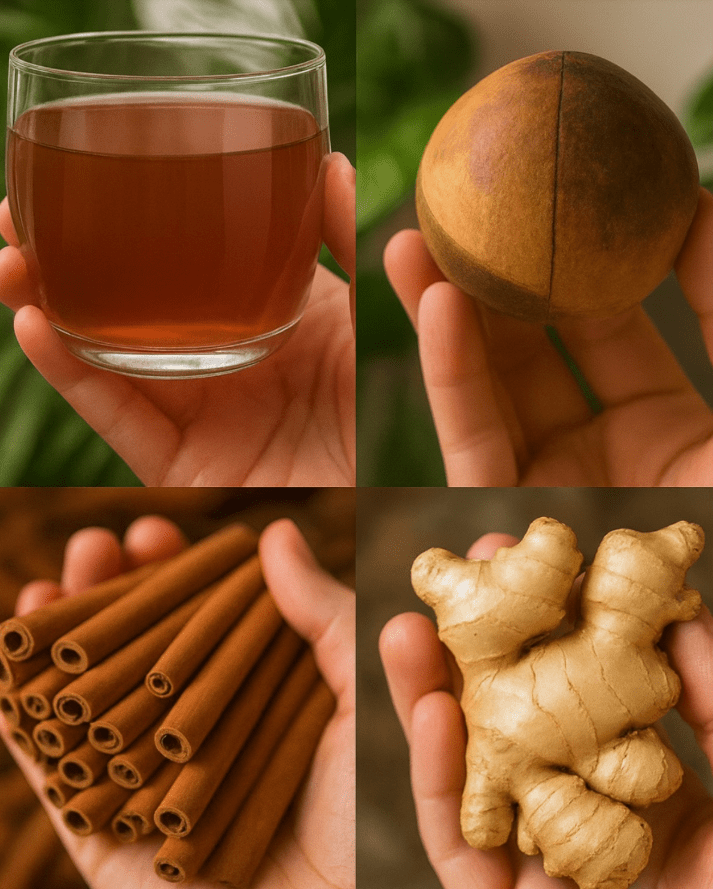
You know those moments when life piles on just a little too much? Maybe it’s the rush of errands that leaves you with a knot in your gut, or the way winter colds seem to linger longer than you’d like. For many of us over 50, these aren’t just passing annoyances—they can snowball into bigger hurdles. A touch of bloating after meals might steal your appetite for that family dinner, or irregular energy dips could make even a short walk feel like a chore. And let’s be real: with age, our bodies sometimes whisper reminders that digestion isn’t as forgiving as it used to be, or that occasional spike in worry turns into a restless night.
It’s not just you; millions of folks in the U.S. grapple with these under-recognized daily drags. Research from places like the National Institutes of Health points out how common digestive unease is, affecting up to 60 million adults yearly, often tied to stress or shifting metabolisms. Then there’s the quiet toll on blood sugar—those subtle fluctuations that some studies link to fatigue or mood swings, especially if you’re juggling medications or a busier-than-ever retirement. The fallout? Missed joys, like laughing freely at a grandkid’s game without that underlying fog. And who bears the brunt? Often, it’s hardworking parents, empty-nesters rediscovering themselves, or anyone navigating the “sandwich generation” squeeze. If this sounds familiar, you’re not alone—it’s a widespread nudge that our bodies crave a bit more gentle coaxing.
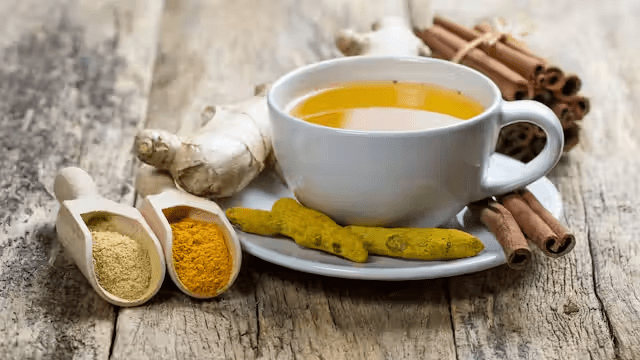
But here’s where it gets intriguing: What if the fix wasn’t another pill or fad diet, but something as straightforward as your kitchen pantry? Over the next few minutes, I’m going to count down three often-overlooked ways this trio—cinnamon, ginger, and a soothing herbal tea base—might lend a hand to those very discomforts. We’ll start with the first gem that could warm you from the inside out, building to a second surprise that ties into your morning ritual in ways you might not expect. And hold on tight, because that third reveal? It’s the game-changer many swear by for steadying the ship’s sway, but I’ll save the full scoop until the end to keep you hooked.
Let’s kick off with number three on our countdown—because why not build the excitement backward? Picture ginger, that knobby root you’ve probably grated into holiday cookies without a second thought. Some studies, like those published in the Journal of Ethnopharmacology, suggest it may ease mild nausea or bloating thanks to compounds called gingerols—think of them as nature’s tiny pacifiers for an upset tummy. One real-life story comes from my neighbor, Ellen, a spry 68-year-old who used to dread post-dinner discomfort after her famous lasagna nights. She started grating a fresh thumb-sized piece into her evening mug, and over a few weeks, she noticed those evenings felt less like a battle. Of course, it’s not a magic wand—results vary, and it’s always smart to chat with your doctor first—but for Ellen, it was a small win that let her savor seconds without the aftermath.
As we edge toward number two, consider how this isn’t just about one ingredient shining solo. Herbal teas, brewed from leaves like chamomile or peppermint (which are simply dried plants steeped in hot water to release their essence), often bring a calming vibe to the mix. A mini-reward here: Did you know that pairing them with a dash of cinnamon could amp up that relaxation? Early research from the American Journal of Clinical Nutrition hints that cinnamon’s polyphenols—antioxidant molecules found in its bark—might support steady energy by influencing how your body handles carbs. Take Tom, a retired teacher in his mid-70s I heard about through a community wellness group. He was tired of those mid-afternoon slumps that cut short his golf games. Experimenting with a sprinkle in his chamomile brew, he found his focus lingered a tad longer some days. It’s those little payoffs that make you wonder: Could this be the under-the-radar ally your afternoons have been missing?
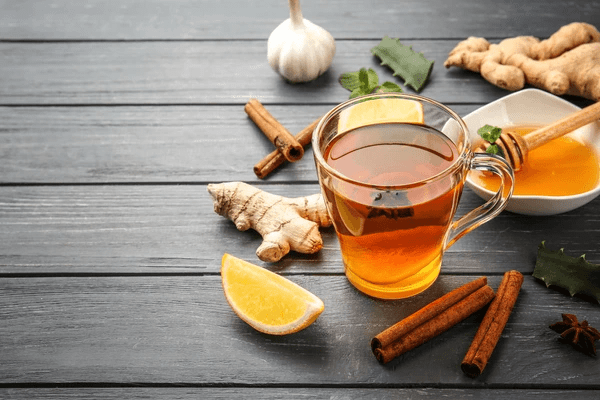
And now, drumroll for number one—the suspenseful finale you’ve been waiting for. It turns out, the real sparkle happens when cinnamon and ginger team up in that herbal base, potentially offering a synergistic nudge toward balanced blood sugar and gentler digestion. Some intriguing findings from a review in Diabetes Care indicate that cinnamon may help cells respond better to insulin (the hormone that ushers sugar into your cells for energy), while ginger’s anti-inflammatory properties—think natural soothers that dial down subtle swelling—could complement it for overall ease. Here’s a payoff from the real world: Sarah, a 62-year-old book club enthusiast from Ohio, shared how her doctor-okay’d tweak of adding both to her daily rooibos tea (a caffeine-free herbal from South African bushes) coincided with fewer unexpected energy dips during her lively discussions. She didn’t overhaul her life—just stirred in the duo and savored the steam. Remember, this isn’t about guarantees; bodies are as unique as fingerprints, and what helps one may vary for another.
So, how do you dip your toe in without overcomplicating things? Start small and safe: Grab a mug, boil fresh water, and steep a bag of your favorite herbal tea—chamomile for calm or peppermint for pep—for three to five minutes. Then, grate in about half a teaspoon of fresh ginger (or use a tea bag if grating feels fiddly) and stir in a quarter teaspoon of ground cinnamon. Let it mingle for another couple of minutes, add a splash of honey if you like a touch of sweet, and sip slowly. Aim for one cup in the morning or evening, when those discomforts often peek out. This ritual takes under ten minutes, uses staples you might already have, and invites a moment of pause in your day. As always, run it by your healthcare professional before trying, especially if you’re on meds or have conditions like acid reflux—better safe than sorry.
Why does this matter right now? Because in a world buzzing with quick fixes, rediscovering these pantry whispers can feel like reclaiming a bit of control. Some folks report a subtle shift in how they greet the day—less of that foggy start, more of a gentle glow. And the best part? It’s adaptable: Swap ginger for a milder version if it’s too zingy, or try different herbals like hibiscus for a fruity twist. Research continues to explore these blends, with trials suggesting they may support antioxidant levels or mild inflammation relief, but the true test is in your own quiet experiments.
Diving deeper, let’s unpack why this combo resonates so well for many. Cinnamon, harvested from the inner bark of Cinnamomum trees, carries that warm, woody note we all know from apple pie. Beyond flavor, small-scale studies, such as one from the Journal of Medicinal Food, propose it could play a role in maintaining healthy cholesterol markers when enjoyed regularly. Pair it with ginger’s zesty kick—sourced from the Zingiber plant’s rhizomes—and you get a duo that some herbalists call a “dynamic warmer.” Then layer in herbal tea, which is essentially any non-caffeinated infusion from flowers, fruits, or roots, and you’ve got a vessel for delivery that’s as comforting as a quilt.
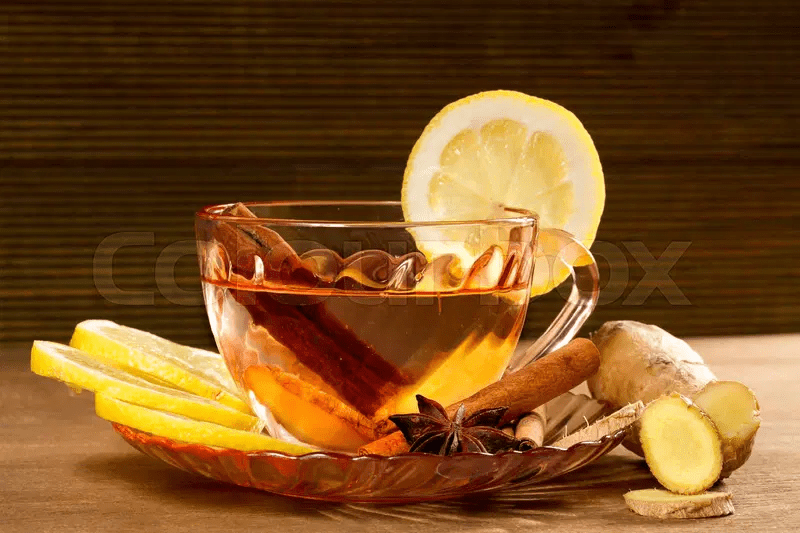
Real stories like Ellen’s or Sarah’s aren’t outliers; they’re echoes of what everyday people share in wellness circles. One online forum I came across had a thread where a gentleman in his 70s described how his “spice tea” became his pre-walk warmer-upper, helping him feel more limber on cooler mornings. Of course, he credited his doctor’s nod first. These anecdotes remind us that while science builds the bridge, personal tweaks cross it.
If you’re curious about variations, consider seasonal spins: In fall, add a cinnamon stick for infusion; come spring, fresh ginger shines brighter. Some studies even touch on how these elements might foster gut-friendly vibes, with ginger’s potential to encourage beneficial bacteria—though that’s still emerging territory. The key? Listen to your body, journal what feels good, and keep portions modest to avoid any tummy tweaks.
Wrapping this up, you’ve got the blueprint for a ritual that could nudge your days toward more ease. It’s not about perfection—it’s about that first sip saying, “Hey, I’ve got you.” Ready to give it a whirl? This week, brew up one cup on a quiet evening, notice how it lands, and drop us a line in the comments: What did you blend in, and how did it feel? Your story might just spark someone else’s gentle step forward.
This article is informational only and does not replace professional medical advice — recommend readers consult a qualified healthcare provider for personalized guidance.
News in the same category

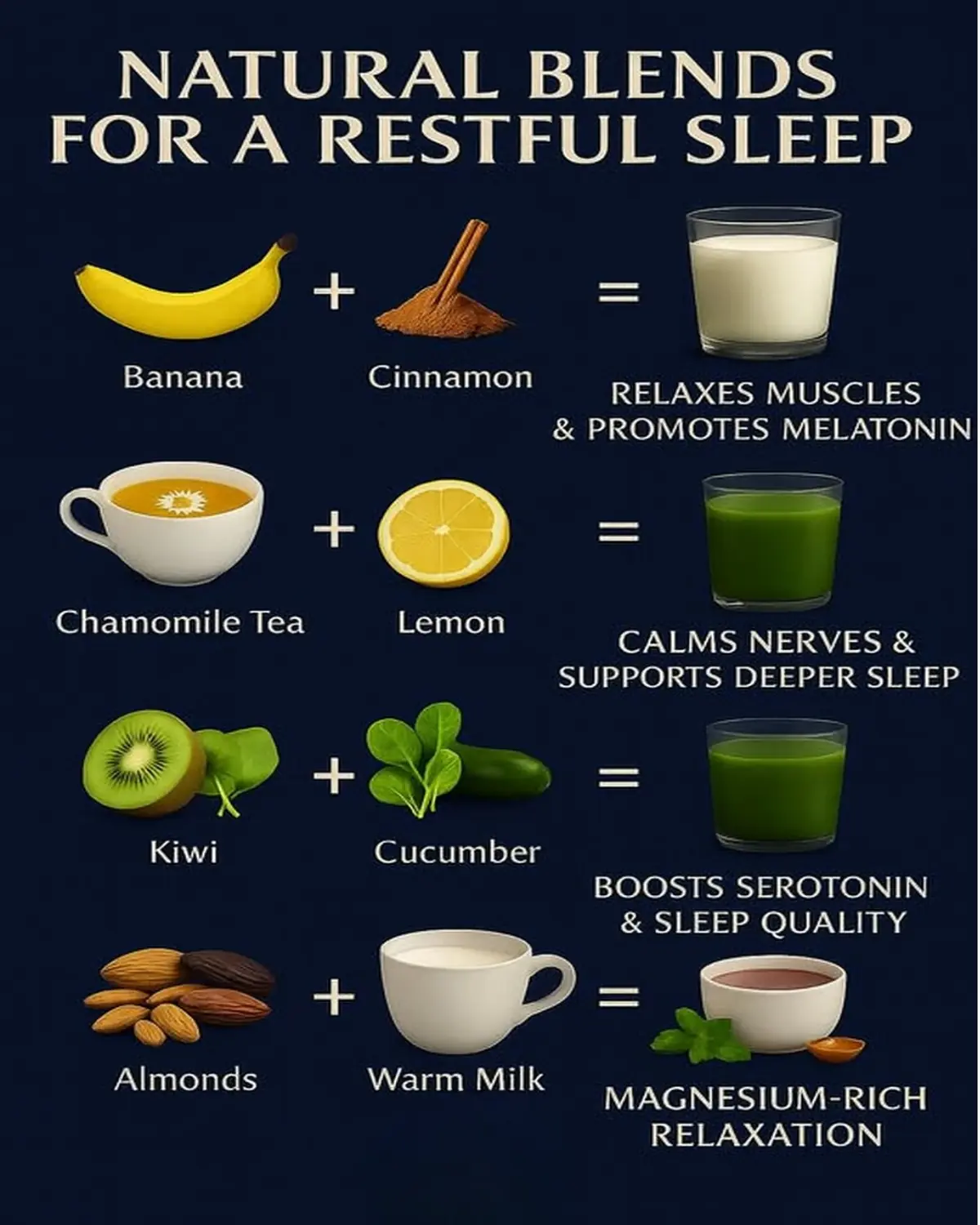
Natural Blends for Restful Sleep You Need to Know
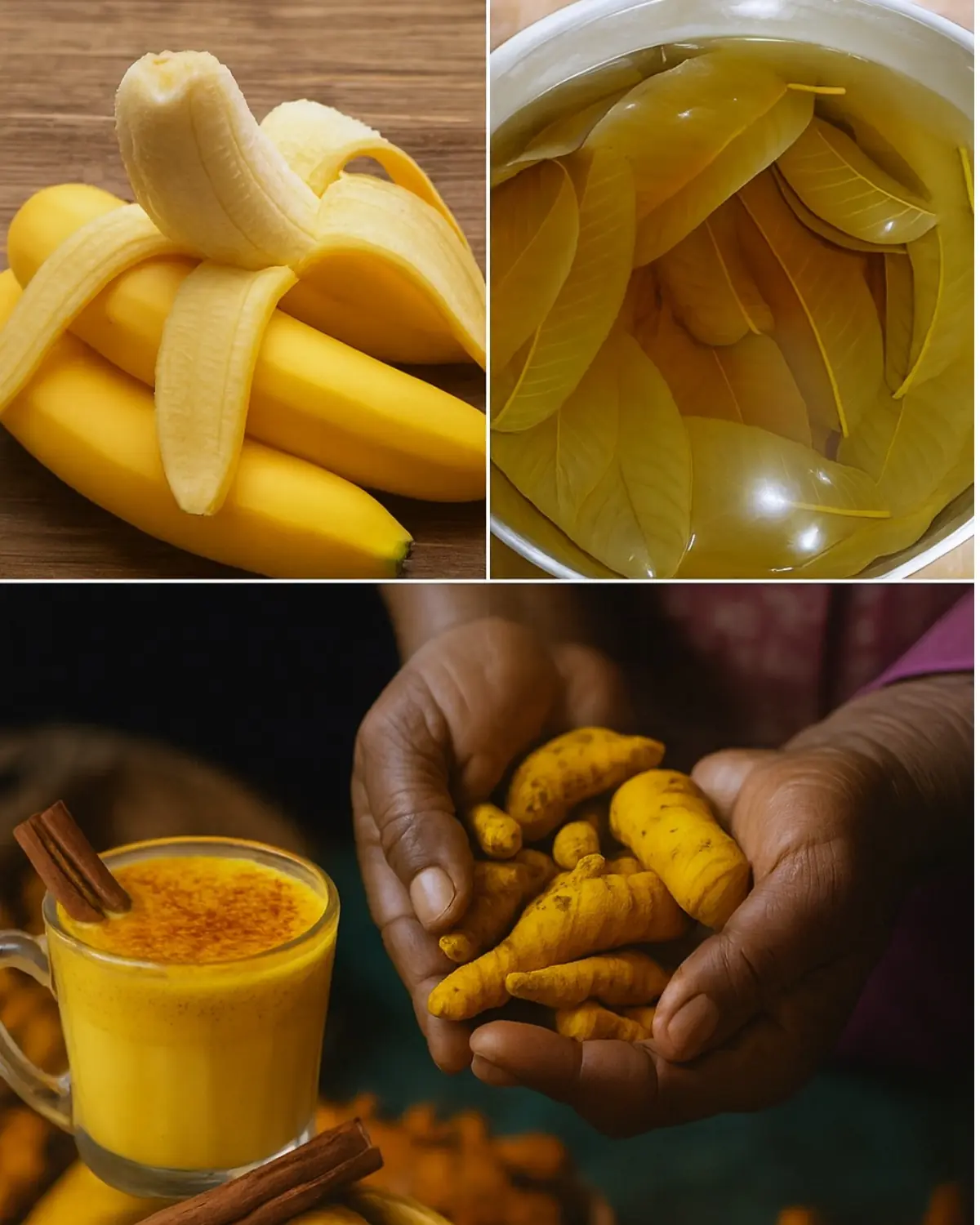
Sip Your Way to Sunshine with Bananas and Turmeric
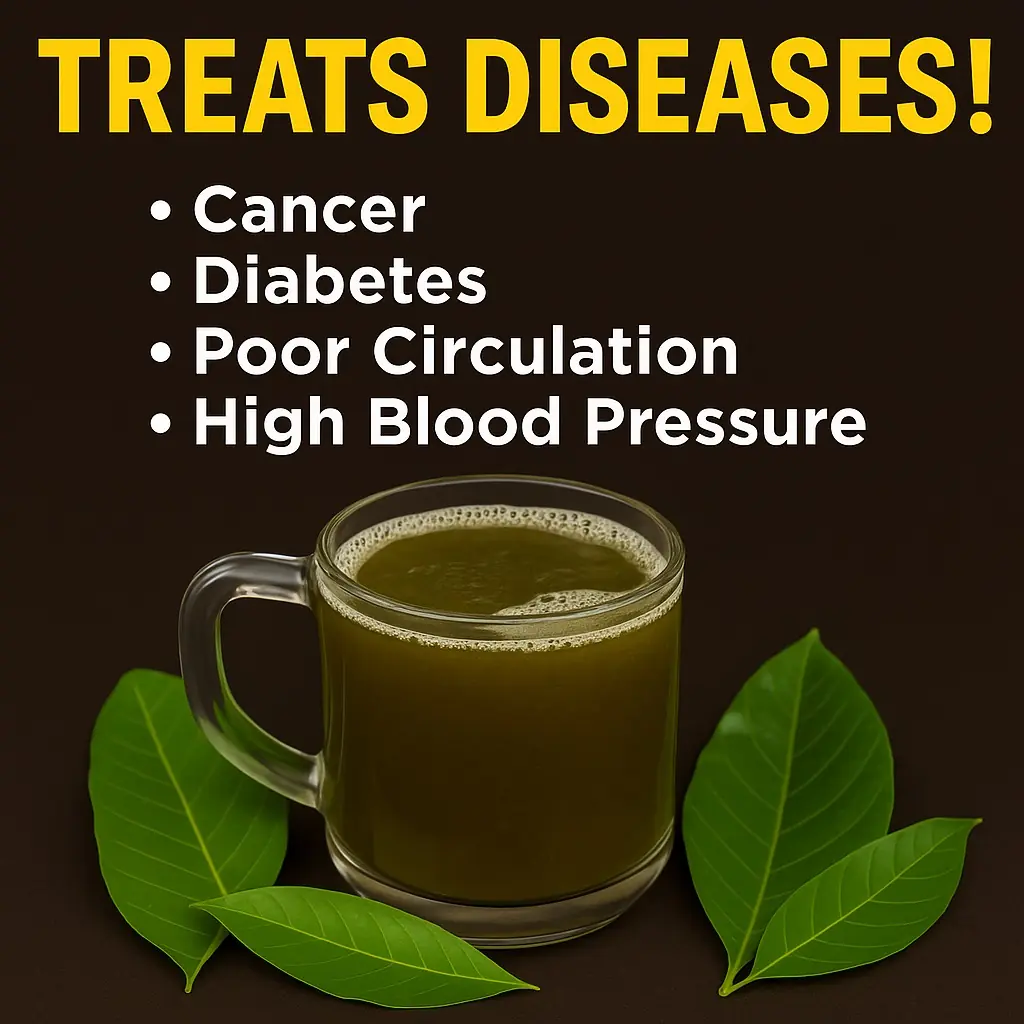
A Natural Tea That May Support Your Wellness Journey
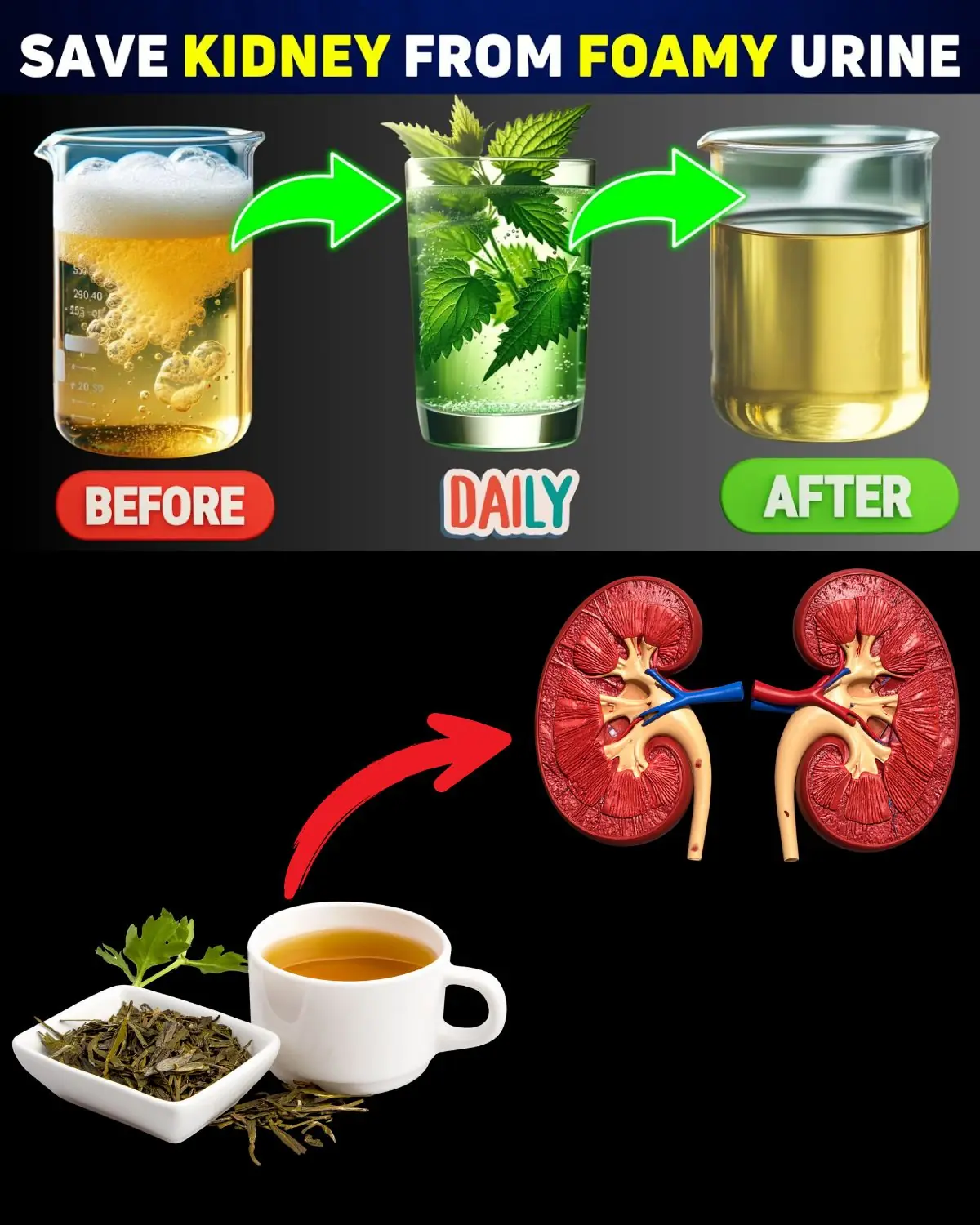
Top 10 Super Drinks That May Help Reduce Proteinuria and Support Kidney Health

A Simple 2-Ingredient Drink to Support Your Health

10 Foods to Boost Circulation in Your Legs and Feet
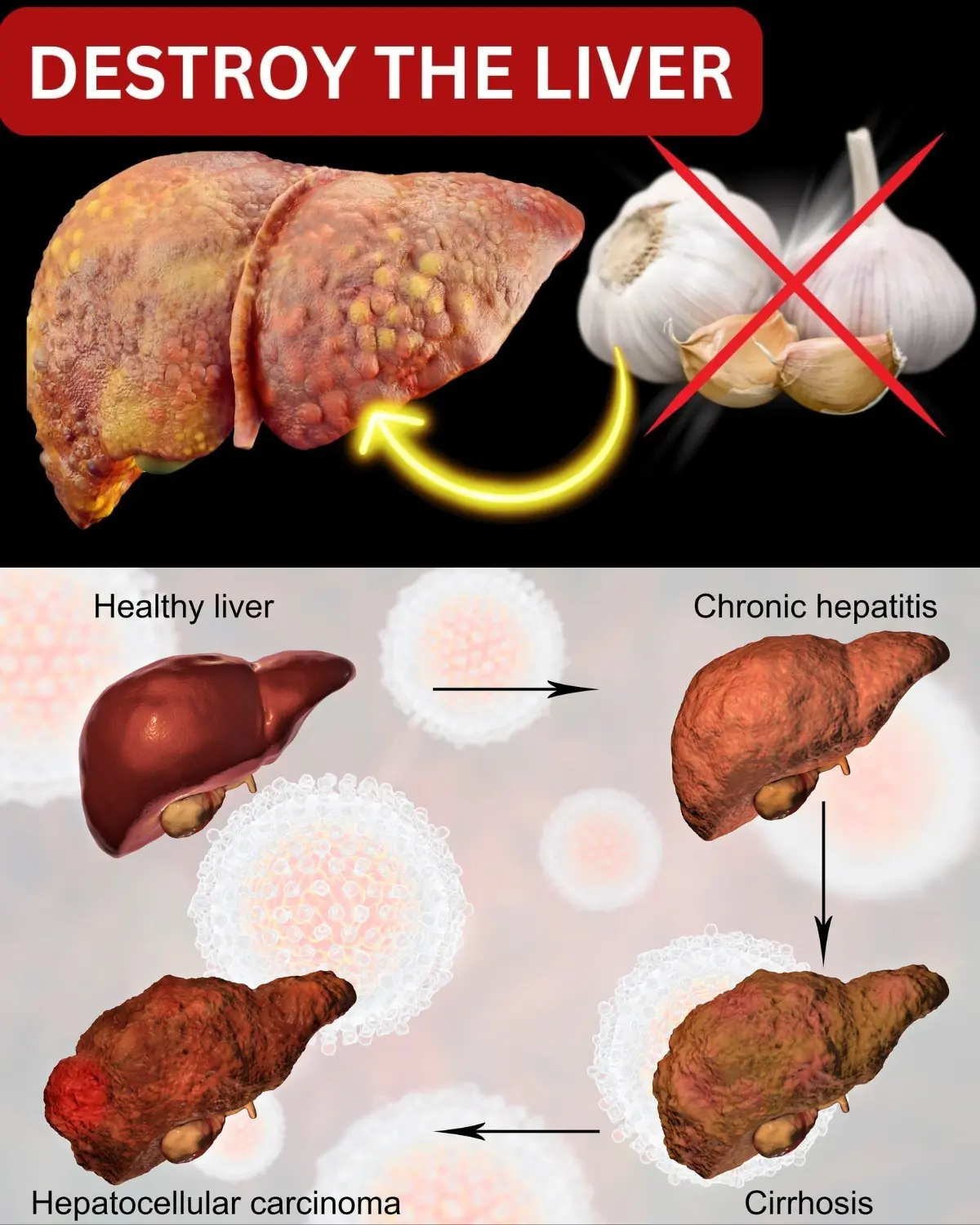
Top 5 Foods That Can DAMAGE Your Liver Forever!

Seniors, Beware: Stop Eating Chia Seeds the Wrong Way to Protect Your Body
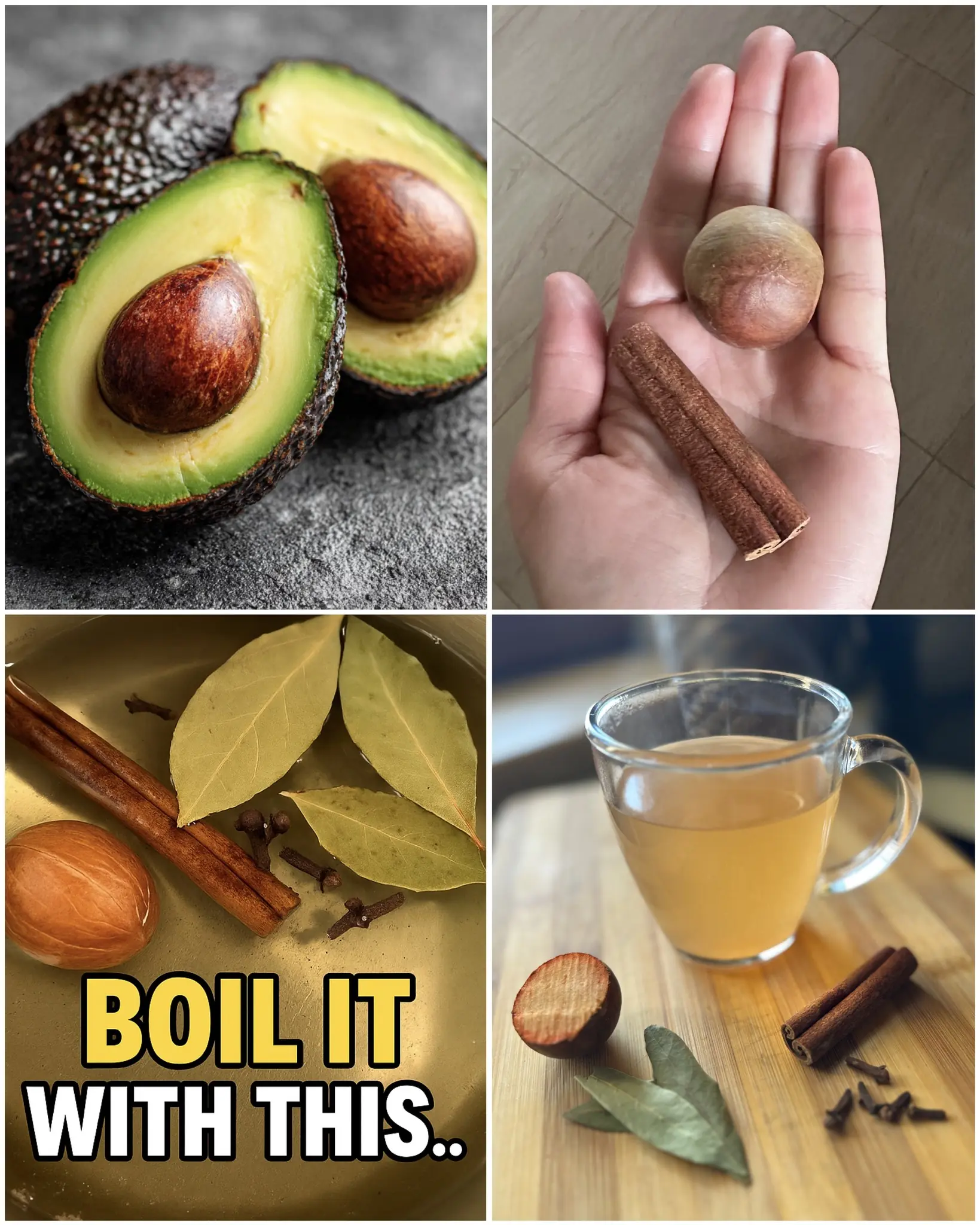
Avocado Seed Powder: How to Make It and Its Benefits
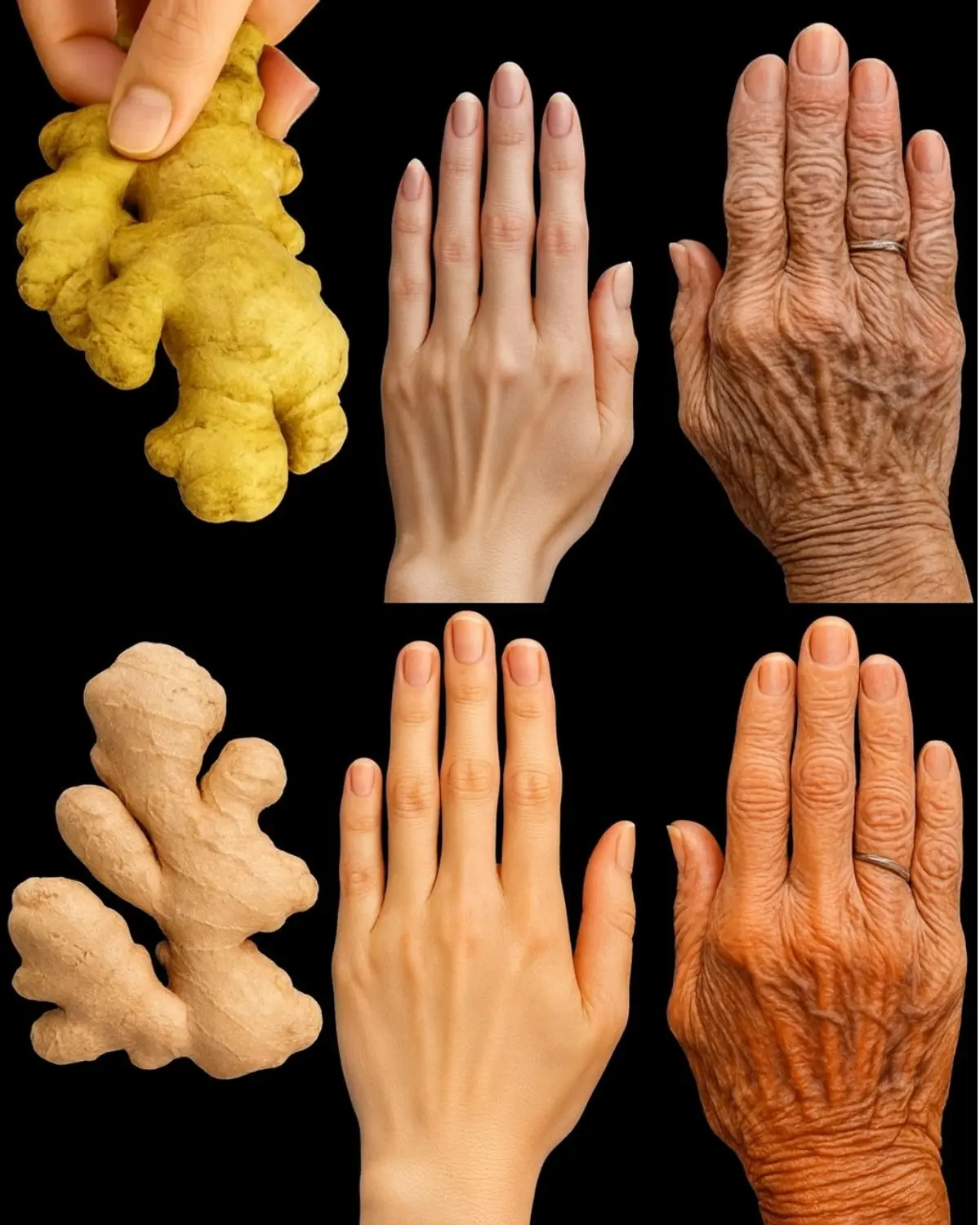
Ginger’s Gentle Touch for Hands That Tell Your Story

Unleash Your Inner Lion: The Egg, Honey, and Coffee Mix for Ultimate Male Vitality

WOMEN AFTER 65: The 10-Day Castor Oil + Epsom Salt Foot Soak That May Transform How You Feel

5 Best Drinks to Soothe Acid Reflux Naturally

What Your Urine Color Says About Your Health
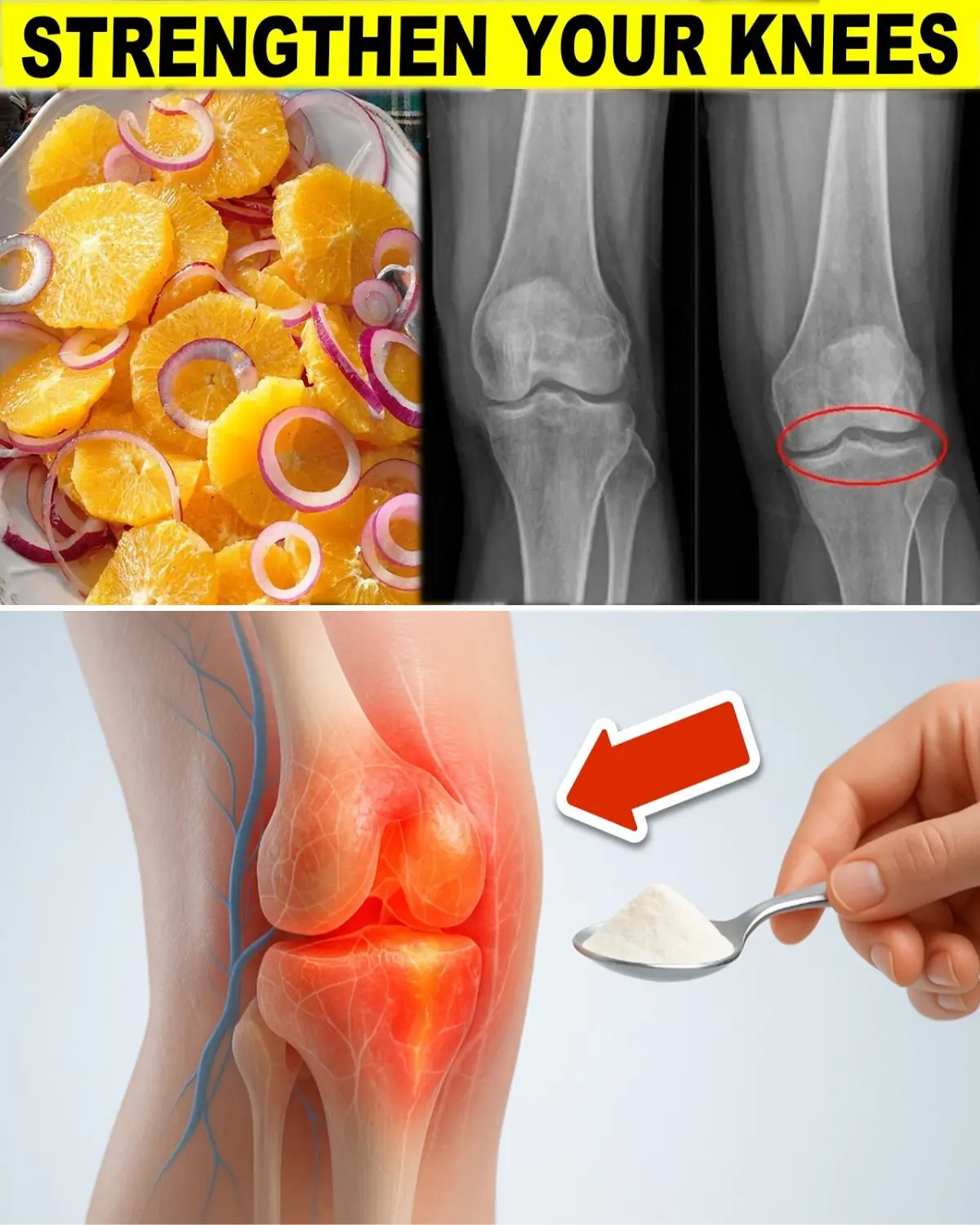
9 Easy Ways to Strengthen Your Knees, Cartilage & Ligaments

Garlic: Nature’s Secret to Soothing Varicose Veins Naturally

11 Common Egg-Eating Mistakes That Could Harm Your Health
News Post
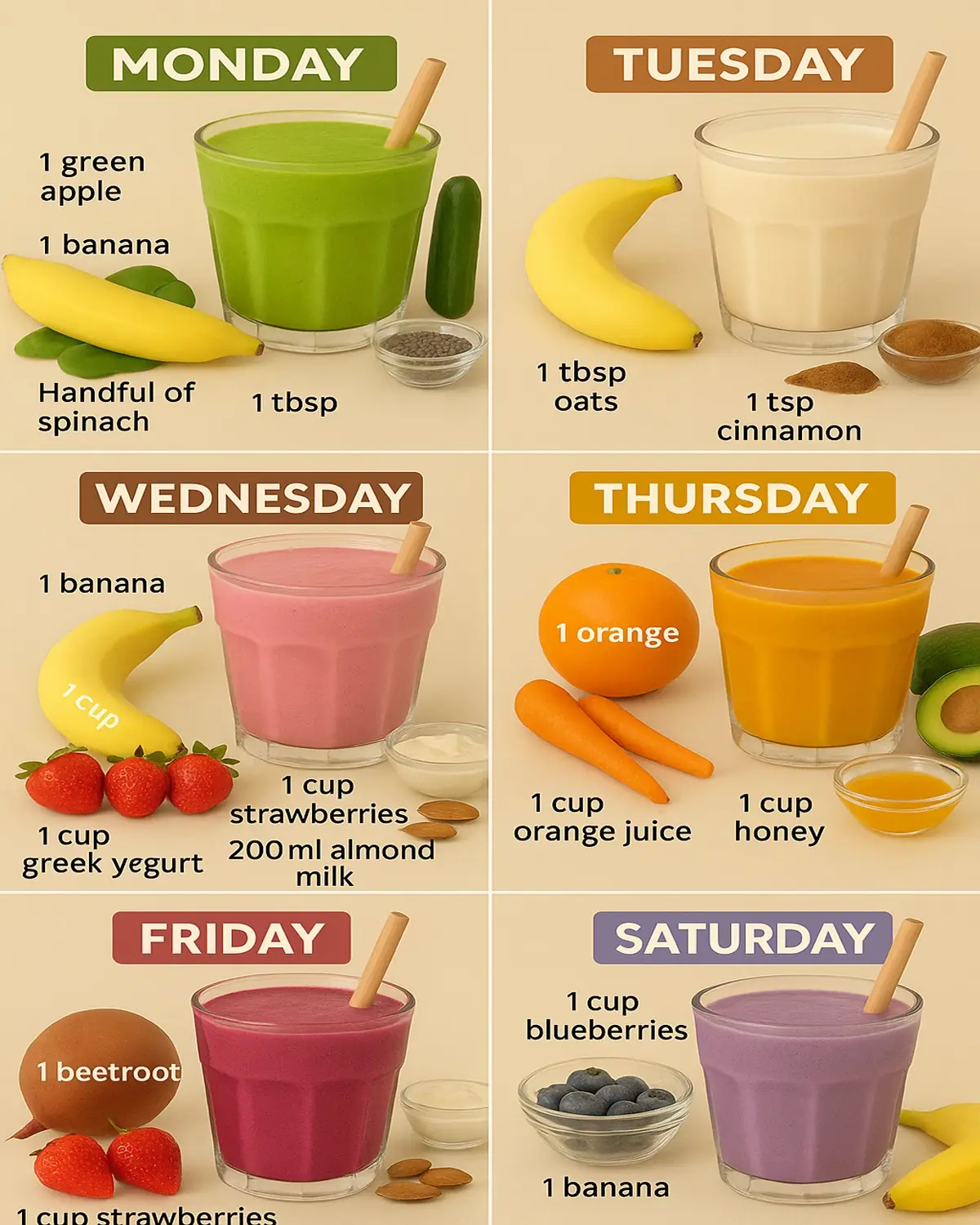
7 Vibrant Smoothie Recipes for Every Day

Simple Hand Acupressure Tips for Overeating, Bloating, Digestion, and Insomnia Relief

Natural Blends for Restful Sleep You Need to Know

Sip Your Way to Sunshine with Bananas and Turmeric

A Natural Tea That May Support Your Wellness Journey
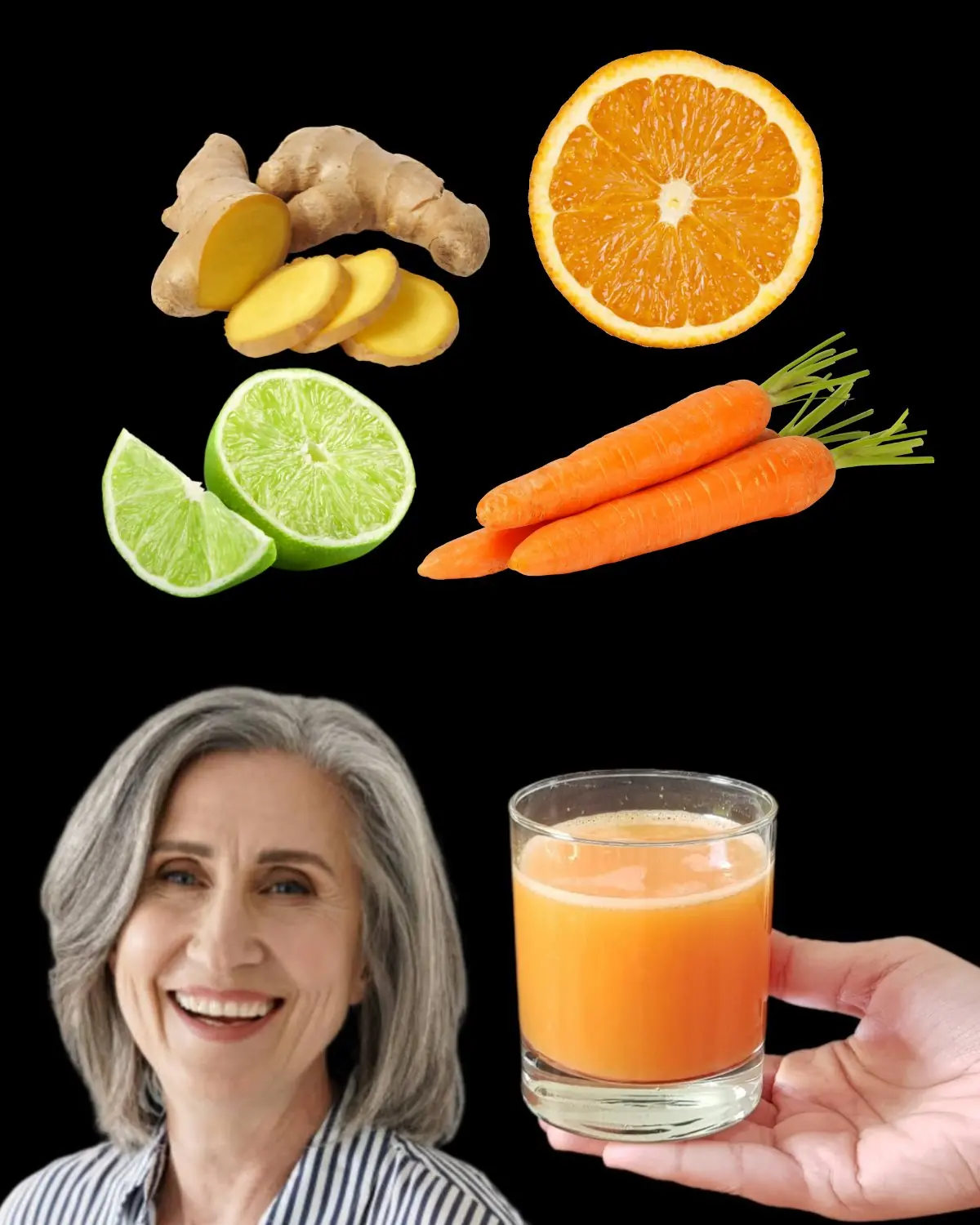
Fresh Carrot, Orange, Ginger, and Lime Juice: A Vision-Boosting Elixir

Top 10 Super Drinks That May Help Reduce Proteinuria and Support Kidney Health

A Simple 2-Ingredient Drink to Support Your Health

10 Foods to Boost Circulation in Your Legs and Feet

Top 5 Foods That Can DAMAGE Your Liver Forever!

Seniors, Beware: Stop Eating Chia Seeds the Wrong Way to Protect Your Body

Avocado Seed Powder: How to Make It and Its Benefits

Ginger’s Gentle Touch for Hands That Tell Your Story

The Color of Your Stool Is Warning You About Your Health!

A 3-Year-Old’s Final Walk: Honor, Sacrifice, and Hope

Remove Foot Calluses Naturally with This Simple Bread Remedy

Unleash Your Inner Lion: The Egg, Honey, and Coffee Mix for Ultimate Male Vitality

WOMEN AFTER 65: The 10-Day Castor Oil + Epsom Salt Foot Soak That May Transform How You Feel
